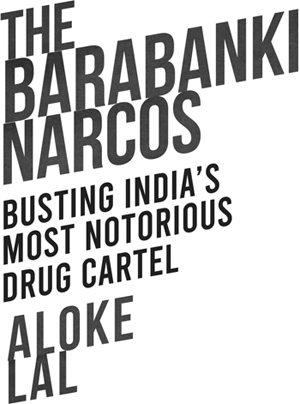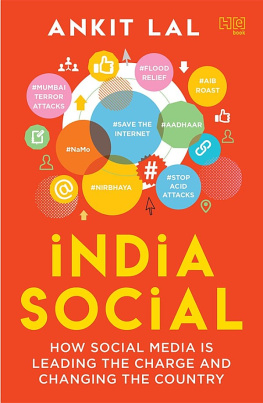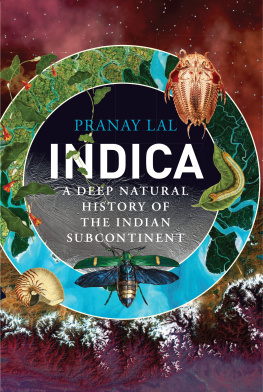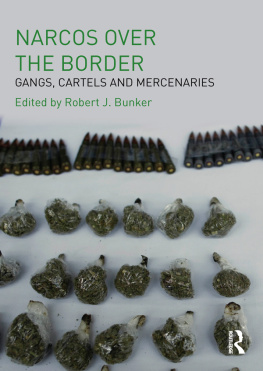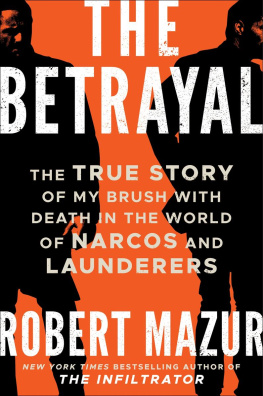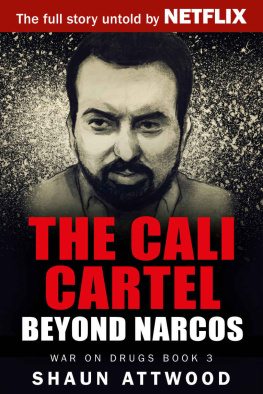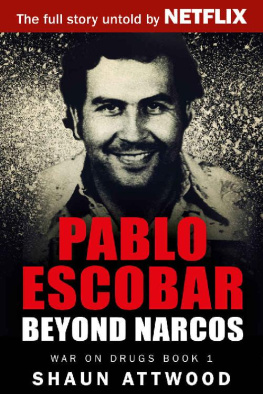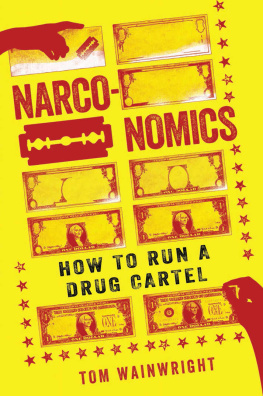First published in 2019 by Hachette India
(Registered name: Hachette Book Publishing India Pvt. Ltd)
An Hachette UK company
www.hachetteindia.com
This ebook published in 2019
(Text) Copyright 2019 Aloke Lal
Aloke Lal asserts the moral right to be identified as the author of this work.
All rights reserved. No part of the publication may be copied, reproduced, downloaded, stored in a retrieval system, or transmitted in any form or by any means without the prior written permission of the publisher, nor be otherwise circulated in any form of binding or cover or digital format other than that in which it is published and without a similar condition being imposed on the subsequent purchaser.
The views and opinions expressed in this book are the authors own, and the facts are as reported by him and have been verified to the extent possible. The publishers are not in any way liable for the same.
Paperback edition ISBN 978-93-88322-58-4
Ebook edition ISBN 978-93-88322-59-1
Cover design by Neelima P Aryan
Front cover images iStock and Freepik.com, handcuffs image by Maanas Lal
Hachette Book Publishing India Pvt. Ltd
4th & 5th Floors, Corporate Centre
Plot No. 94, Sector 44, Gurugram 122003, India
Originally typeset in Apollo MT Std 12/17.9
by Manmohan Kumar, Delhi
Among the many long dark shadows that British trading practices cast on the world is their unethical exploitation of a weed that originated in Turkey and, sometime in the 17th century, found its way to the fields of Bengal. The weed, opium, was known in India a couple of centuries before that. In Ain-e-Akbari , penned by Sheikh Abul Fazal in the 1590s during the Mughal reign, there is a mention of the poppy as a staple crop in the plains of Agra, Oudh and Allahabad. However, its use on a large scale is not described in texts of medieval India.
It is believed that in the late sixth or the early seventh century, Turkish and Arab traders had introduced opium to the Chinese. However, the usage was limited to oral ingestion, mainly for relieving tension and pain. Consumption for medicinal purposes continued until the 17th century, when tobacco, brought from North America, became popular in China. Tobacco smokers soon moved to opium, and this led to enhanced consumption. Many Chinese became opium addicts. The popularity of opium assumed such alarming proportions that in 1796 the Chinese emperor outlawed the import and cultivation of opium. The impact of this ban was minimal.
The first colonizers to assess the commercial potential of selling opium in China were the Portuguese in the early 18th century. The neighbouring country, India, was partly under their control, and they realized they could grow and import opium from there. Later in the same century, the British also understood how profitable it would be to supply opium to China. They eventually became the leading suppliers by the 1770s. Around this time, the British successfully developed methods of inexpensive yet extensive cultivation, and the East India Company monopolized the cultivation of opium in the Bengal province.
The real reason why Britain and other European countries concentrated on opium trade with China was the trade imbalance at the time there was great demand in these countries for Chinese goods like tea, silk and porcelain, but there was little interest for products manufactured in European countries back in China. The payment for the Chinese goods was in the form of bullion. The clever British traders came up with the devious plan to have opium supplied to their Chinese counterparts. The East India Company could not directly supply opium to China, where it was banned. They engaged country traders for this illicit purpose. Country traders were private traders who were licensed by the company to carry goods from India to China. With the silent yet active support and encouragement of the company authorities, these country traders carried opium contraband to be passed on to Chinese traders in return for gold and silver. This illegal activity allowed the company to exchange smuggled opium for the bullion they required to pay for the goods they imported from China. The Chinese traders who received opium also laughed all the way to the bank, because in a country where opium addiction was rampant, the restrictions imposed on its trade had made the deals very lucrative for them.
It will not be incorrect to conclude that the onus for introducing opium smuggling to the world actually rests on Britain. They, along with a few other countries, indulged in this most unfortunate profiteering practice with little regard for ethics. When the British ruled the destiny of the Indian subcontinent, they were mainly concerned about how much they could extract from the jewel of their crown, and thinking about the moral aspects of their credo was not central to business decisions. Lucre was the driving factor. If generations of Chinese folk were living intoxicated, so be it.
The British trade interests in opium cultivation and marketing were protected by the introduction of legal provisions that completely established the monopoly of the East India Company. The Opium Act of 1857 (Act No. XIII of 1857), the Opium Act of 1878 (I of 1878) and the Dangerous Drugs Act of 1930 (II of 1930) were all aimed at this objective. After Indian Independence, the East India Company was disbanded, and control over the cultivation and manufacture of opium throughout India passed into the hands of the Government of India on 1 April 1950. Later the same year, the Government of India introduced a programme for control over opium production and its utilization. A department, headed by a Narcotics Commissioner, was established to unify and rationalize the whole process.
The Narcotic Drugs and Psychotropic Substances Act, which came into effect on 14 November 1985, is by far the most stringent law in the country. The punishment is dependent upon the quantity of banned substance recovered from the offender. Where the contravention involves a small quantity, the punishment is rigorous imprisonment for a term, which may extend up to one year; where the contravention involves a quantity lesser than what is defined as commercial but greater than the prescribed definition of a small quantity, the punishment is rigorous imprisonment for up to ten years; and for possession of commercial quantities the offender faces rigorous imprisonment for a term not less than ten years but which may extend to 20 years. All these punishments also include the provisions for heavy fines, and even the death penalty for repeat offenders.
Legal cultivation of opium can only be done on behalf of the government by licensed farmers. They sow the poppy, lance the capsules, collect the latex and deliver the drug to the notified weighing centres, and receive a price fixed by the government. The opium received from the cultivators is sent to the government factories at Ghazipur in Uttar Pradesh or Neemuch in Madhya Pradesh, where the produce is chemically tested and prepared for export and legal consumption.

